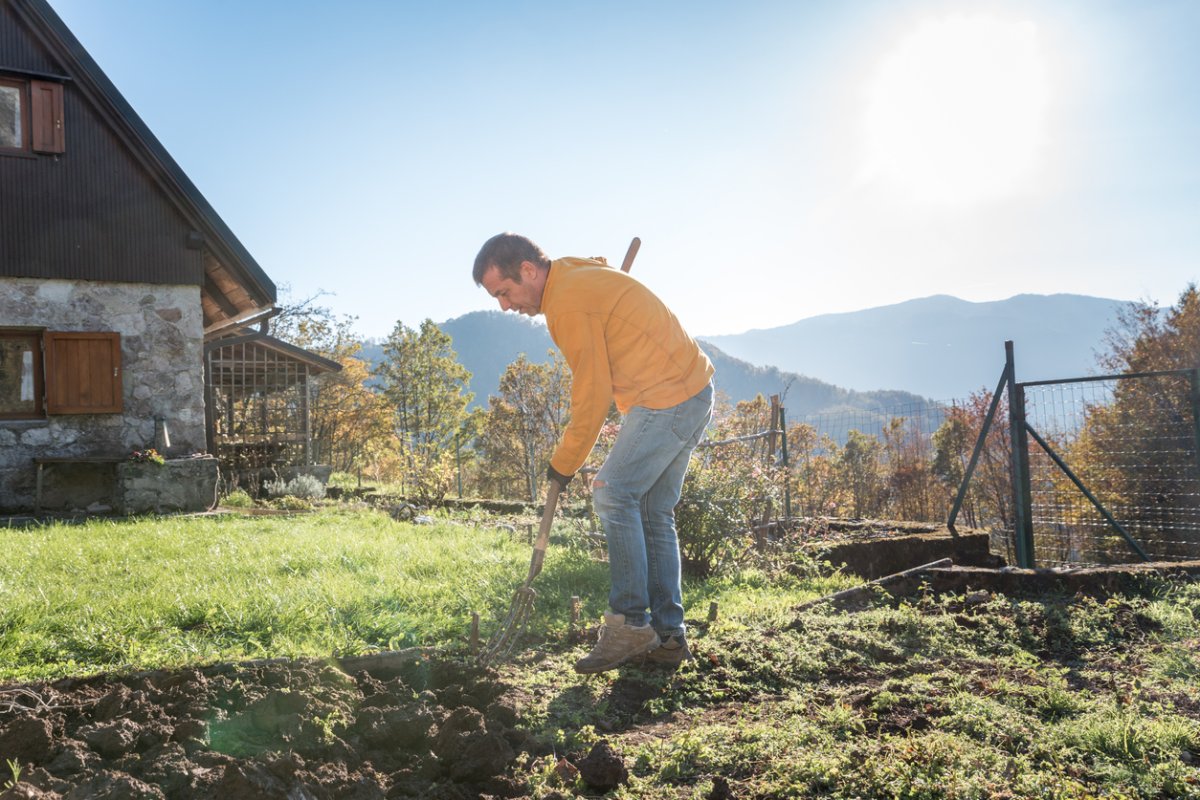

We may earn revenue from the products available on this page and participate in affiliate programs. Learn More ›
Mountain living sure has its perks. Cleaner air, fewer people, and a stunning natural landscape make living in a high-altitude home a dream. However, this picture-perfect lifestyle doesn’t come without its strife. If you are a green thumb living in a mountainous region of North America, you’re well aware of the tricky growing conditions.
High altitude creates a more complex growing environment that becomes increasingly challenging the higher you go. Aside from colder temperatures, solar radiation is higher as altitude rises and temperature ranges from day to night can be extreme. Although cities like Denver and Albuquerque are not “northern,” their mile-high altitudes contribute to later spring freeze and earlier fall freeze than gardeners might expect, shortening the growing season. Avoid planting pitfalls and find success with high-altitude gardening by using these eight helpful tips.
1. Learn more about your climate

The distance above sea level measures altitude. High-altitude places generally fall between 4,900 and 11,500 feet of elevation. There are quite a few places in the United States that fall into this category, especially cities in Colorado, Arizona, Wyoming, and other Western states.
Due to the lower air pressure, these areas are much colder than cities closer to sea level. Each town is different based on its geography, so cities at the same altitude can have similar but different climates. Even within a city, microclimates can change from the foothills to surrounding valleys. Understanding the nuances of your city’s climate will better prepare you for the gardening season.
RELATED: USDA Releases Plant Hardiness Zones Map Update for 2023
2. Choose altitude-friendly plants
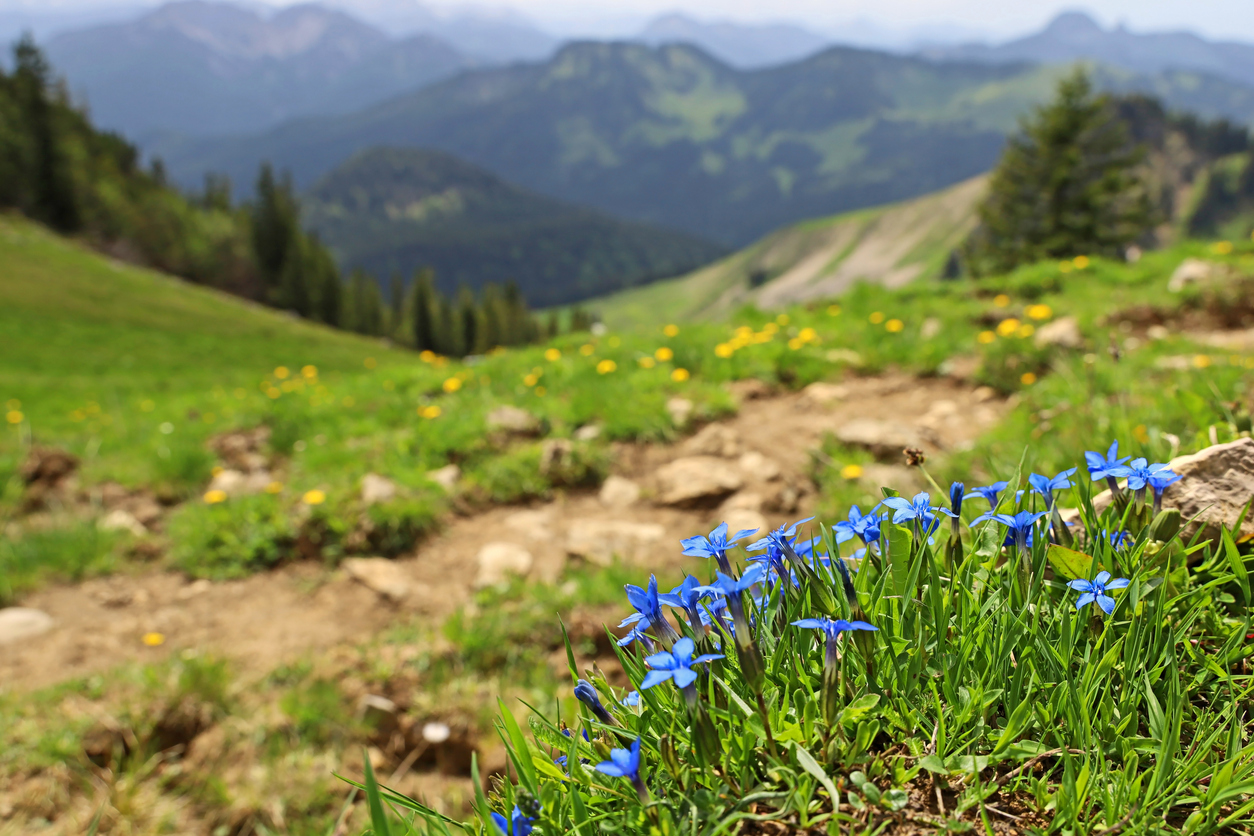
The easiest way to have a successful high-altitude garden is to choose plants native to the area. However, many gardeners want to grow various produce and flowers. If this sounds like you, it’s helpful to select seeds for crops that are cold-tolerant, easy to grow, and have the fewest days until harvest.
Pick fast-growing, hardy plants that can survive the high-altitude gardening environment. If you want to grow produce, opt for root vegetables like potatoes, carrots, parsnips, and beets. Other vegetables like broccoli, cauliflower, Brussels sprouts, peas, Swiss chard, cabbage, lettuce, and spinach can also grow quite well at high altitudes.
RELATED: 25 Easy-Care Plants That Survive With or Without You
3. Protect your plants
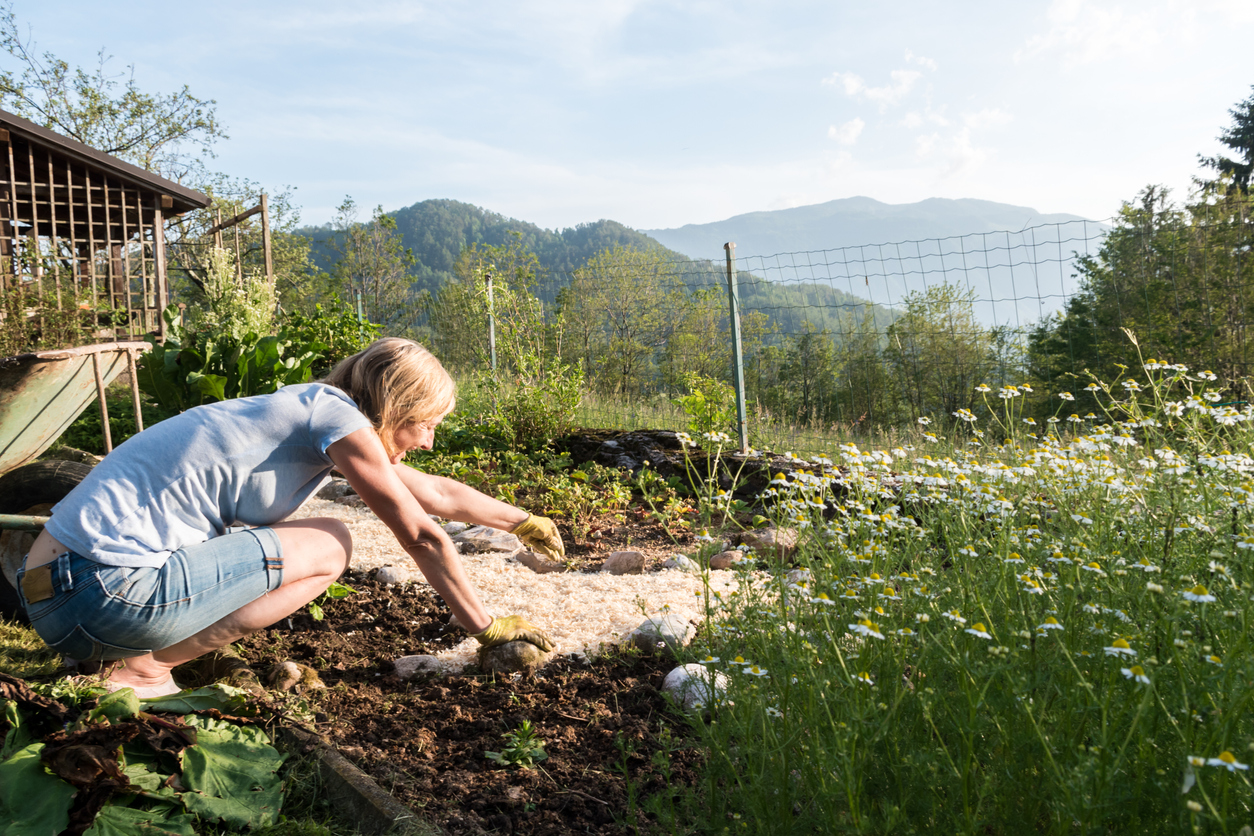
Higher altitudes can experience varying weather patterns, so you must prepare for anything Mother Nature can throw at you.
According to National Geographic, temperature fluctuations make high-altitude gardening more difficult. Areas further above sea level can reach high temperatures during the day and then drop dramatically at night, which may stress out your plants. The wind is also detrimental at higher altitudes, since there can be less to buffer its force (like buildings, trees, and mountains).
When gardening at higher altitudes, you have to take weather into consideration. Learn how to protect your plants by weather-proofing your garden and keeping on hand materials you need to cover plants to add warmth or block wind.
RELATED: Frost Coming Your Way? What to Do With Veggies in the Garden
4. Be aware of the shorter growing season
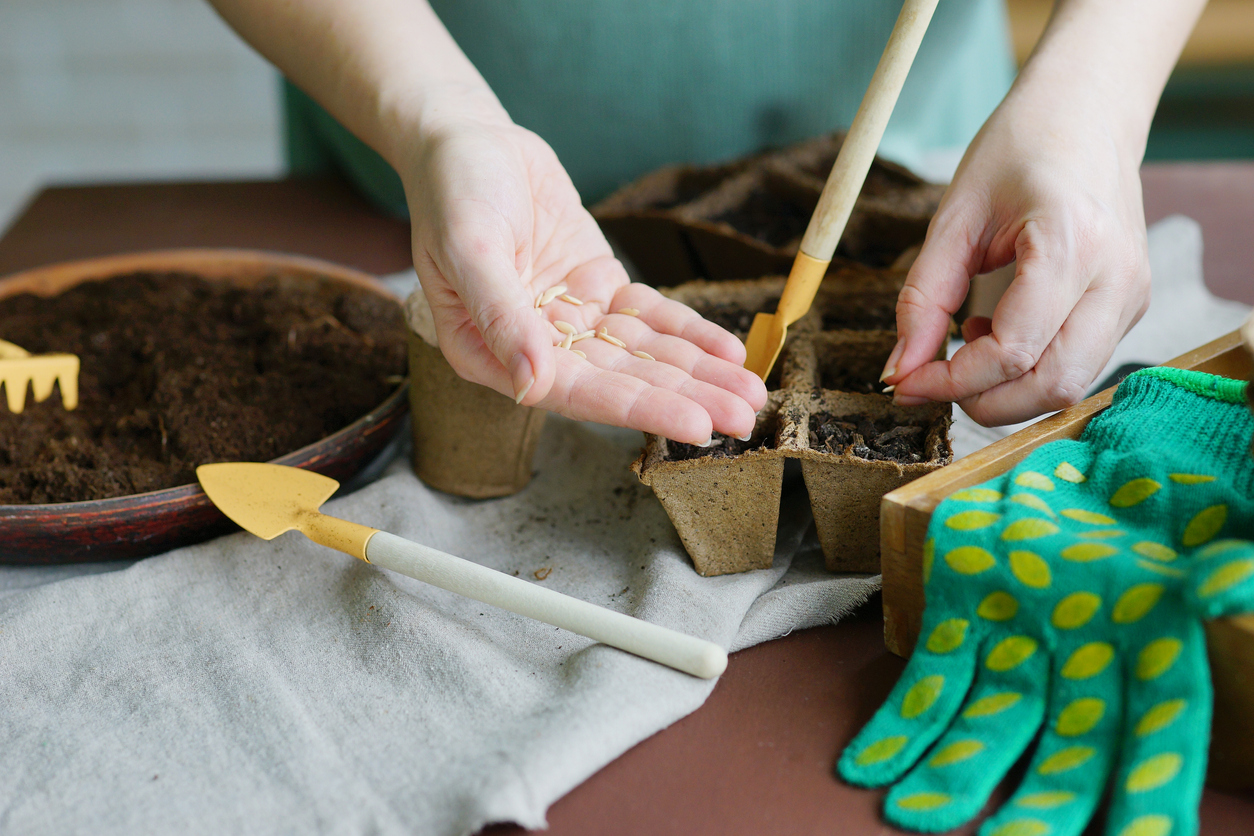
The growing seasons are shorter with high-altitude gardening, so you must be on top of your planting schedule.
With every 1,000 feet gained in elevation, the temperature drops 3.5 degrees Fahrenheit, which creates a shorter growing season. Cooler weather offers less time for your plants to mature, impacting which crops or varieties of crops grow successfully. Find out how long the growing season is in your region and select plants that will complete the growing cycle within this time frame.
One way to get the most out of the outdoor gardening season is to start seeds indoors and transplant them when the weather becomes warm enough to support them. Succession planting is also possible for plants that mature quickly, like lettuce.
RELATED: 16 Colorful Shrubs for a Standout Winter Garden
5. Choose the best location for your garden
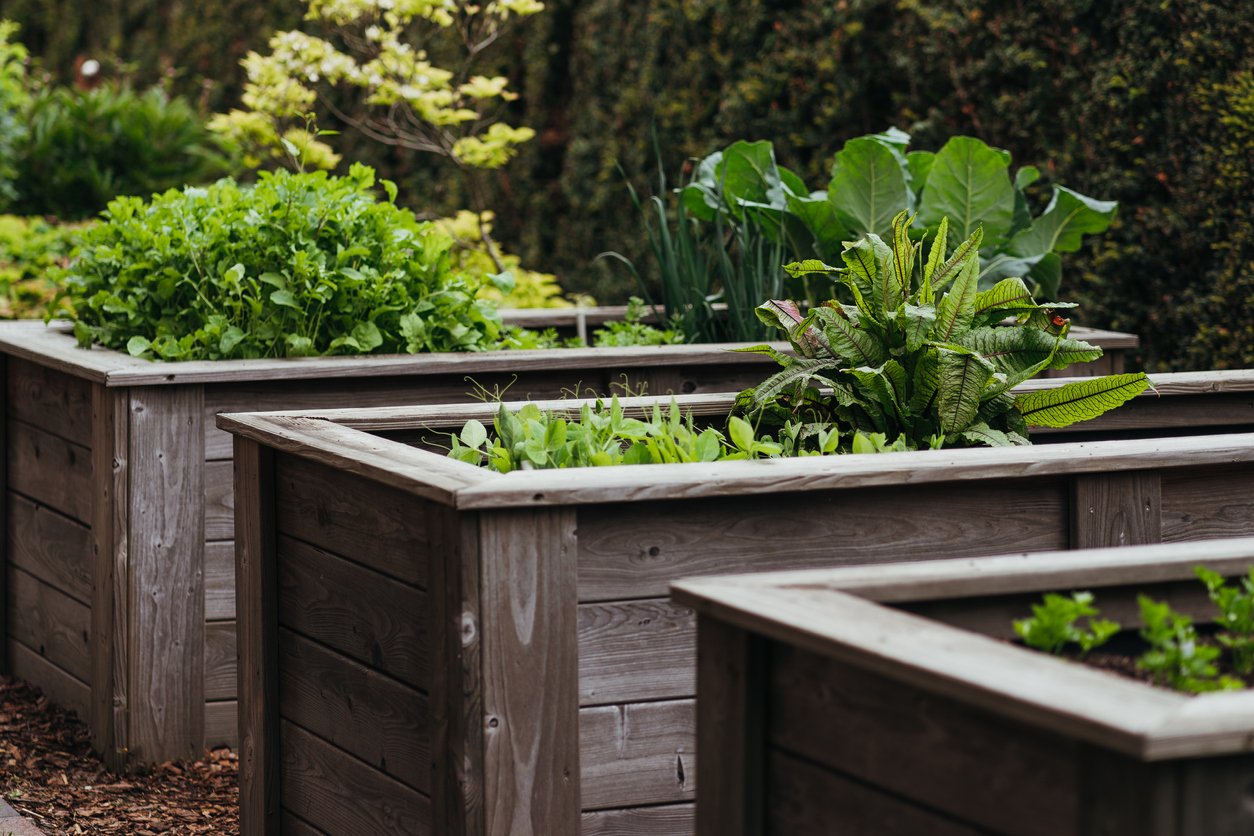
Gardening is like real estate—location is everything. The best location for your high-altitude garden is a place that receives most of the daily light, approximately 6 to 8 hours of full sun. The location is even better if there is some kind of wind break—such as a building or hardy shrubs. If a favorite shrub teeters on the edge of your lowest temperatures, place it on the south side of the house, where it will get some winter sun.
Choosing a raised garden bed can help with some challenges of growing at higher altitudes. Unlike an inground garden, a raised bed can mitigate the lower temperatures, and you won’t have to dig through rocky and hard terrain to set it up.
RELATED: The 20 Best Winter Plants for Year-Round Curb Appeal
6. Learn how to water properly
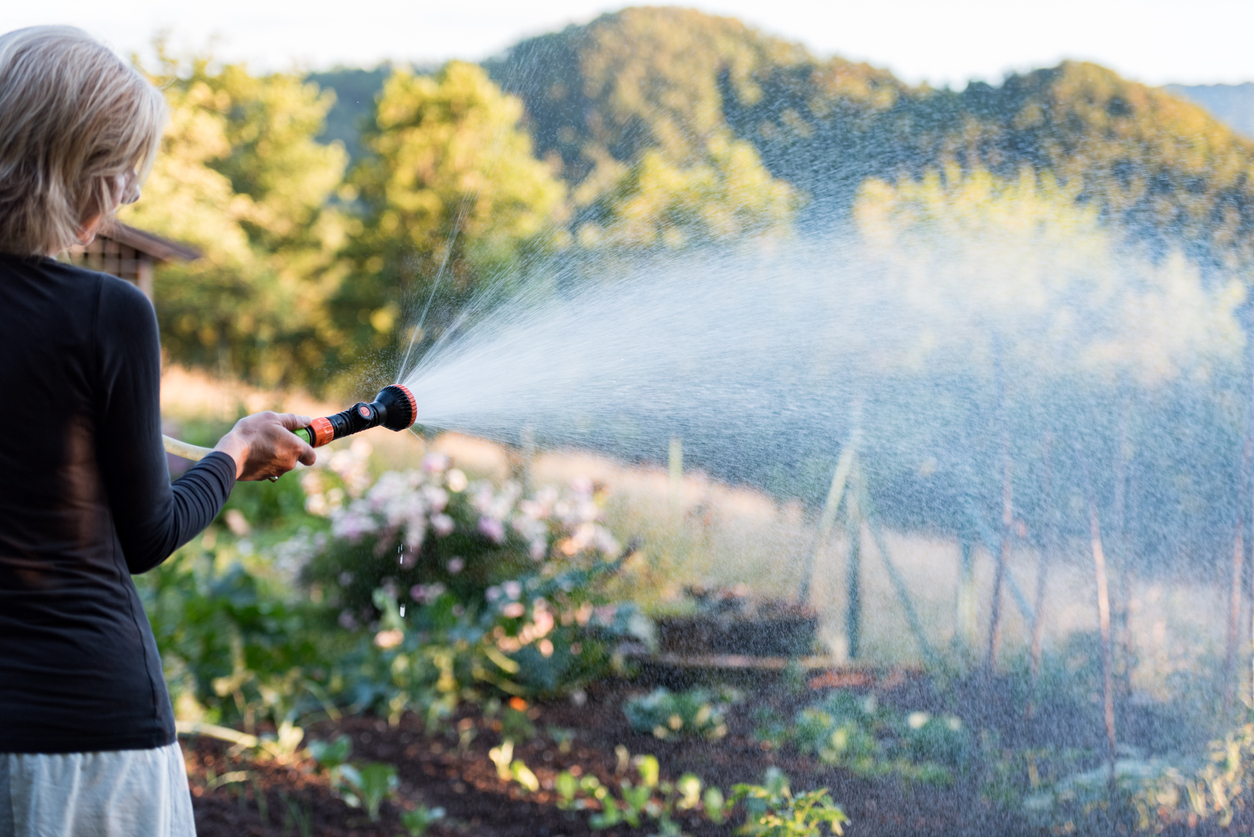
Watering might cause some issues if your garden beds are on an angle. Gravity causes the water to naturally run down the beds along the slope, which affects how much moisture the soil absorbs. High-altitude air also is drier, at least between rains, so adjust water with the wind and time between rainfall.
Watering a high-altitude garden likely can’t be done on a regular schedule. Instead of watering at scheduled increments, you should water the soil when the top 2 to 4 inches of soil is dry to ensure your garden receives adequate moisture.
Another thing to note is water rights. Some mountain properties use wells. If a property well was built after May 2, 1972, on a property less than 35 acres, check your permit to see if you can use this water for your garden.
RELATED: The 20 Best Winter Plants for Year-Round Curb Appeal
7. Expect poor soil conditions
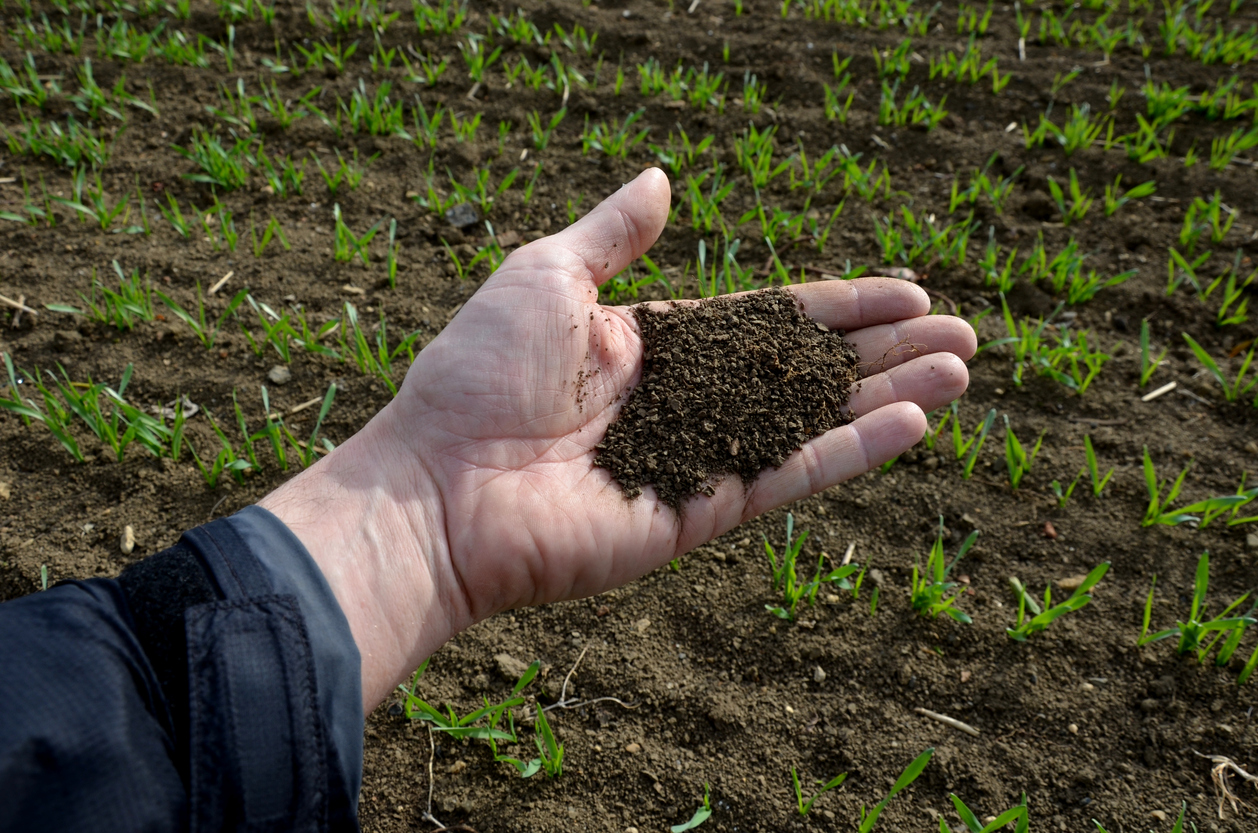
Higher-elevation soil conditions are usually not up to regular growing standards. The soil at higher altitudes often needs added organic matter to sustain a garden. Successful high-altitude gardening may require soil correction before you start planting. Adding compost and manure can add necessary nutrients back into the soil.
Before starting your garden, test your soil to learn more about it and what it needs, so you can make adjustments to create a better garden foundation. You may discover that the soil is not ideal for growing because it’s too rocky or compressed. In this case, properly preparing the soil before planting can help set you up for success. Use mulch to help soil retain water and organic mulches to slowly break down and improve soil over time.
RELATED: Solved! 8 Flowers Sure to Bloom in Winter
8. Protect plants from wildlife
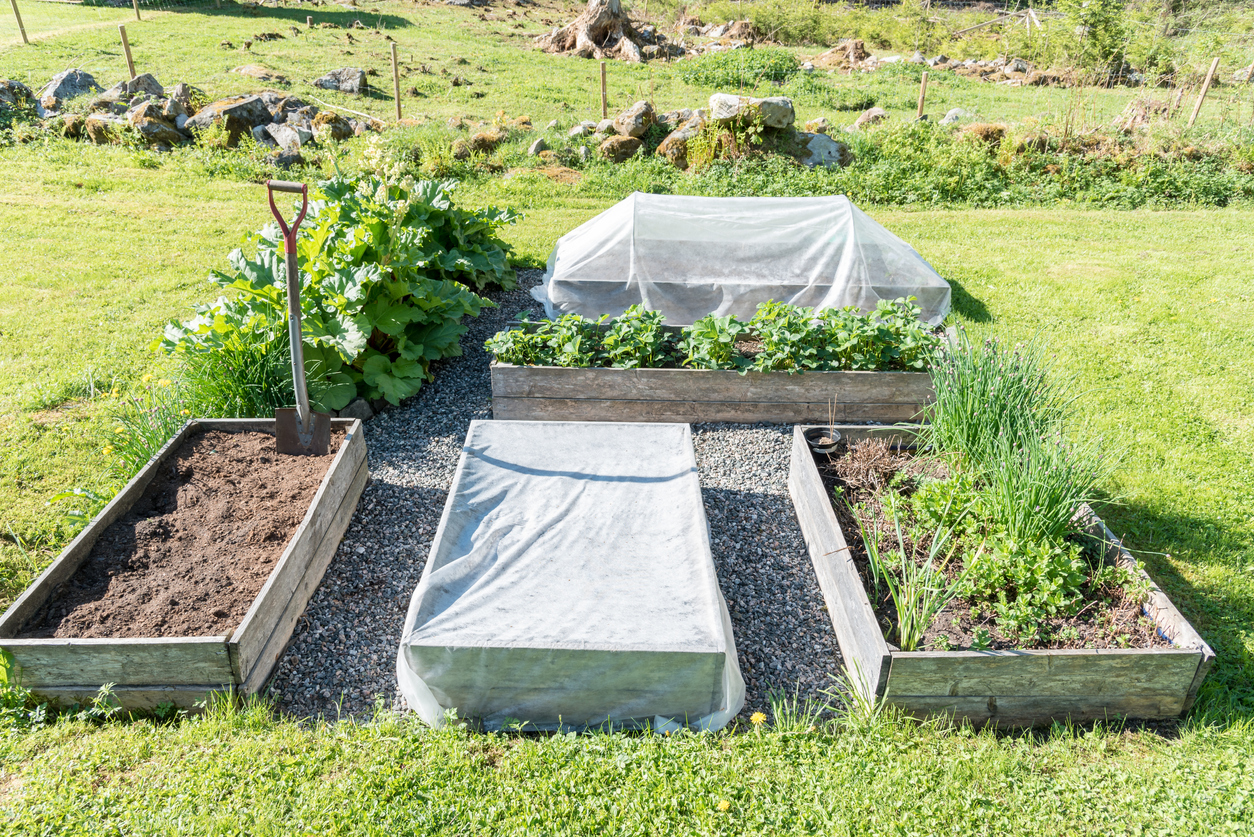
The natural beauty of high altitudes is home to plenty of wildlife, which creates additional obstacles to protecting your garden. Critters like gophers and voles can dig out underneath your garden, and animals like rabbits, chipmunks, and deer tend to treat your crops like a buffet table.
Installing preventive measures to keep wildlife out of your beds is necessary for high-altitude gardening. Consider installing hardware cloth underneath the soil and row covers or fencing to prevent wildlife from enjoying the fruits of your labor.
